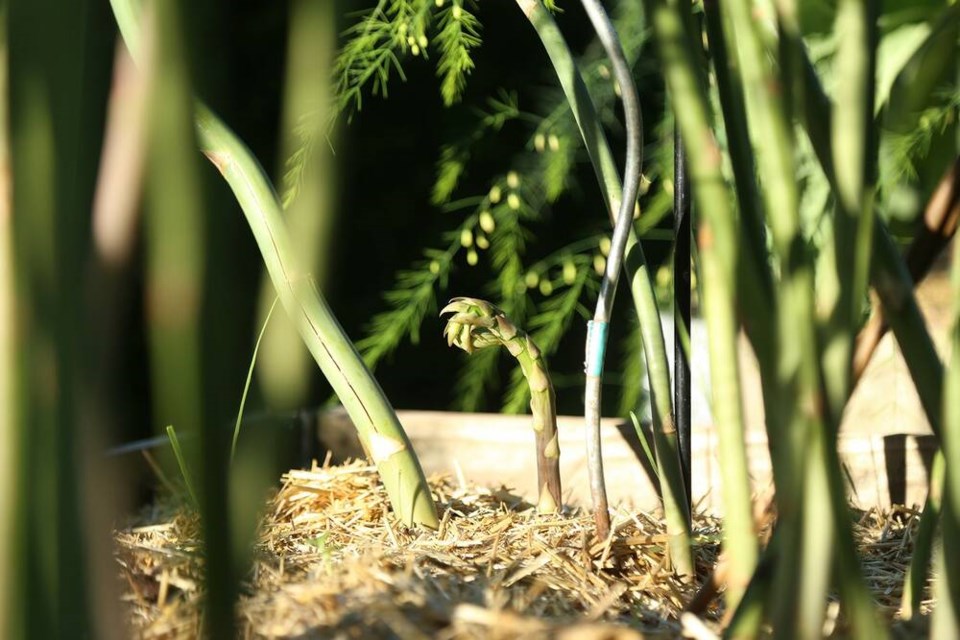When the clouds parted this past week and the sun cut through the “Fogaust” chill, conditions were ideal for getting a head start on cold-weather mulching. The soil was wet but not drenched and the air was still and thick with moisture. Not exactly tomato weather, but just what our tinder dry forests needed.
While our raised beds still contain plenty of produce, there are bare spots now, ready for winter transplants of hardy greens, brassicas, and a final flush of sugar snap peas. Broad beans too will go in now and sleep through the winter.
The unseasonal August rains were a curse and a blessing for gardeners; one I choose to embrace. The warm, wet soil should be just right for transplants and also for mulching.
After several years of using chopped, clean, garden-grade straw as a base mulch layer, I am transitioning to hemp. The straw has worked well and is quite widely available, but hemp offers several advantages to my way of thinking and sensibilities.
I have been experimenting a bit with HempWorks Canada’s bedding (mulch), which I picked up originally in Salmon Arm at CS Feeds. Unless I am missing something, THC-free hemp mulch is a bit of a miracle product that is clean, green, cost-effective, practical, multi-functional and quite beautiful in the urban landscape.
Not all hemp mulch is created equal, however. At the onset of summer I experimented with a small bale of so-called garden-grade hemp mulch, purchased locally, that was so stringy and tough that it took me over one hour to untangle enough long and coarse strands to lay down in our herb spiral and in planter boxes at the base of our fence.
By the time I was done, my fingers were bleeding, and I was reminded why hemp became the OG technical textile over 5,000 years ago and used to make unbreakable ropes for sailing ships.
Two months on, the matted string mulch has fused together into a single, stiff and impenetrable blanket that I cannot plant into. This sort of mulch may work well around the base of trees, or as erosion control over an undisturbed area, but not so well in multi-cropped beds, and for sure gloves are a must.
For general use in raised beds, I am loving the velvety supple, seed-free, finely chopped HempWorks mulch which is produced from the soft core of the hemp plant and is the colour of uncooked rolled oats. It weathers slightly grey, which to my eye appears very calming and natural – more Cascadian perhaps than the golden glow of prairie wheat.
I inquired with HempWorks founder and CEO Brandon Cochran, as to the mulch’s cleanliness, and he assured me that industrial hemp is clean and is never sprayed with chemicals, pesticides or herbicides. And all hemp needs to grow big and strong is healthy soil and nitrogen. Glyphosate-free sounds good to me.
This mulch insulates soil from heat and cold, is favourable to micro-organisms and biota like earthworms, absorbs 400-per-cent its weight in water, is compostable and maintains useful integrity for one to two years. HempWorks pH-neutral mulch is chopped fine enough to use as a 50/50 soil amendment, which is brilliant for holding water and nutrients in container plants and potted shrubs and trees.
One 90-litre bale of HempWorks bedding mulch expands to 190 litres, or 6.7 cubic feet, which is enough to mulch more than two standard four-by-eight-foot beds. Buckerfields offers bales for $39.99, comparable in price and coverage to chopped garden-grade straw.
Laura Marie Neubert is a West Vancouver-based urban permaculture designer. Follow her on Instagram @upfrontandbeautiful, learn more about permaculture by visiting her Upfront & Beautiful website or email your questions to her here.
For a taste of permaculture, watch the video below:




